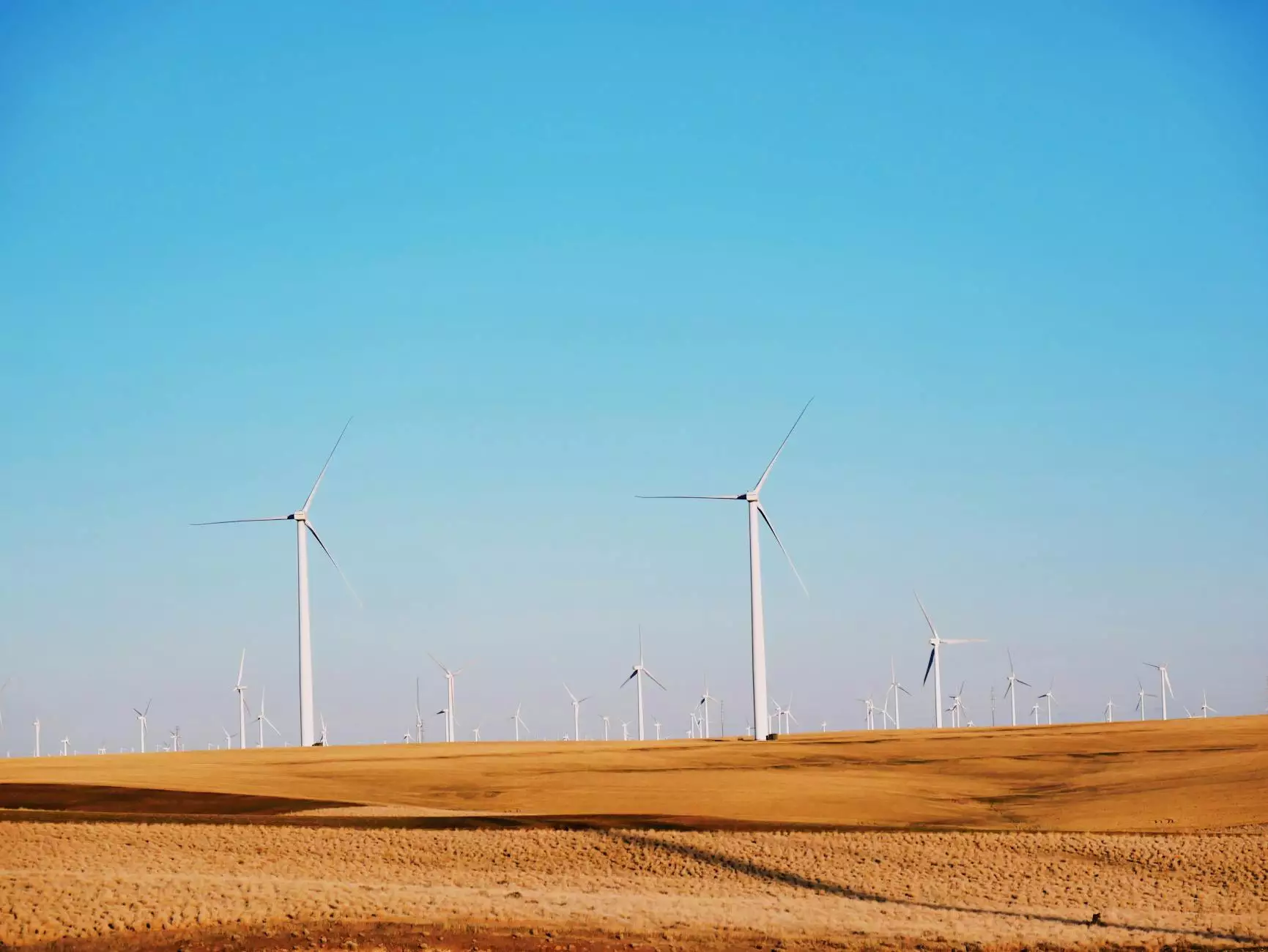A Brief History of Hydroponics
Blog
Welcome to Grow Your Own, the ultimate destination for all your hydroponic needs. In this comprehensive guide, we dive deep into the history of hydroponics, tracing its roots back to ancient civilizations, and explore the transformative impact it has had on modern gardening practices.
The Beginnings: Ancient Hydroponics
Contrary to popular belief, hydroponics is not a new concept. Its origins can be traced back to ancient civilizations such as the Hanging Gardens of Babylon and the Aztecs. These ancient gardeners utilized innovative techniques to grow plants without soil, harnessing the power of water and nutrients to nurture their crops.
The Hanging Gardens of Babylon, one of the Seven Wonders of the Ancient World, were a prime example of hydroponics in practice. The gardens featured a series of tiered terraces that supported lush vegetation. Water was delivered to the plants through a complex irrigation system, ensuring their growth and vitality.
Similarly, the Aztecs developed the chinampas system, a method of floating gardens, which allowed them to cultivate crops on artificial islands in the midst of lakes. These floating gardens were highly efficient, providing sustenance for a large population.
Modern Innovations: The Rise of Hydroponics
Fast forward to the 20th century when modern hydroponics began to take shape. The early pioneers of hydroponics, such as William Frederick Gericke, brought the concept to the forefront of agriculture. Gericke's groundbreaking work at the University of California, Berkeley in the 1930s laid the foundation for modern hydroponic practices.
Since then, numerous advancements have been made, and hydroponics has grown into a sophisticated and widely adopted cultivation method. The advent of technology and scientific research allowed for precise control over nutrient delivery, lighting, and environmental conditions.
Hydroponics revolutionized gardening by eliminating the need for soil, thus mitigating issues related to pests, weeds, and nutrient deficiencies. It allowed for year-round cultivation, optimizing plant growth and ensuring abundant harvests. Additionally, hydroponics drastically reduced water usage, addressing the concerns of water scarcity and promoting sustainability.
Key Benefits of Hydroponics
Hydroponics offers numerous benefits that make it an attractive choice for gardeners and commercial growers alike. Some notable advantages include:
- Increased Growth and Yield: With precise control over nutrient delivery, hydroponic plants grow faster and produce higher yields than their soil-grown counterparts.
- Water Conservation: Hydroponics uses up to 90% less water compared to traditional soil-based cultivation, making it an eco-friendly choice in times of water scarcity.
- Space Efficiency: By eliminating the need for soil, hydroponic systems require less space, allowing for vertical or indoor gardening, making it ideal for urban environments.
- Year-Round Cultivation: With hydroponics, seasons no longer limit your gardening possibilities. You can grow plants year-round, ensuring a consistent supply of fresh produce.
- Optimized Nutrient Delivery: Hydroponics allows for precise control over nutrient levels, ensuring plants receive the ideal amount of nutrition for optimal growth and health.
- Pest and Weed Control: The absence of soil in hydroponic systems minimizes the risk of pests and weeds, reducing the need for pesticides and herbicides.
Continued Advancements: Emerging Hydroponic Techniques
The world of hydroponics continues to evolve, with ongoing research and experimentation leading to exciting new techniques. Some of these emerging hydroponic techniques include:
Aquaponics
Aquaponics combines hydroponics with aquaculture, creating a mutually beneficial system where fish waste provides nutrients for the plants while the plants purify the water for the fish.
Aeroponics
Aeroponics involves suspending plants in the air and periodically misting their root systems with nutrient-rich solutions. This technique maximizes oxygen exposure, promoting rapid growth.
Vertical Farming
Vertical farming takes advantage of vertical space by stacking multiple growing layers, allowing for high-density cultivation. This technique is particularly useful in urban areas with limited space.
Hydroponic Greenhouses
Hydroponic greenhouses provide a controlled environment for year-round cultivation, shielding plants from external factors and optimizing growth conditions.
Conclusion
As we conclude this journey through the history of hydroponics, it becomes evident that this innovative cultivation technique has come a long way. From ancient civilizations to modern advancements, hydroponics continues to shape the way we grow crops and offers solutions for sustainable food production.
At Grow Your Own, we are passionate about hydroponics and strive to provide you with everything you need to embark on your own hydroponic journey. Whether you are a beginner or an experienced gardener, our eCommerce & Shopping platform has a wide range of hydroponic supplies to support your growing needs.
Join us in embracing the incredible potential of hydroponics and discover a world of limitless possibilities for your garden.




